The reason Porsche no longer offers diesel engines in any of its cars is that it was never a core power source for the brand, and now diesel is in decline it makes sense to focus on the petrol, hybrid and electric powertrains that are its future. At least that’s the official version. And I’m sure Porsche’s desire to distance itself from the Volkswagen Group’s latterly besmirched reputation for producing good, honest diesels had absolutely nothing to do with it.
Whatever the truth, Porsche’s decision to turn its back on diesel is an enormous gamble, at least in Europe. Certainly key to Porsche’s thought process is that diesel makes no impact at all on its biggest markets outside the continent – such as the US, China and Japan. But now that Porsche is predominately an SUV manufacturer (between them, the Porsche Macan and Porsche Cayenne accounted for more than 60% of Porsche sales last year), and SUV sales in Europe are still predominately diesel, you can see that cutting yourself off from such customers would be tough, even for Porsche.
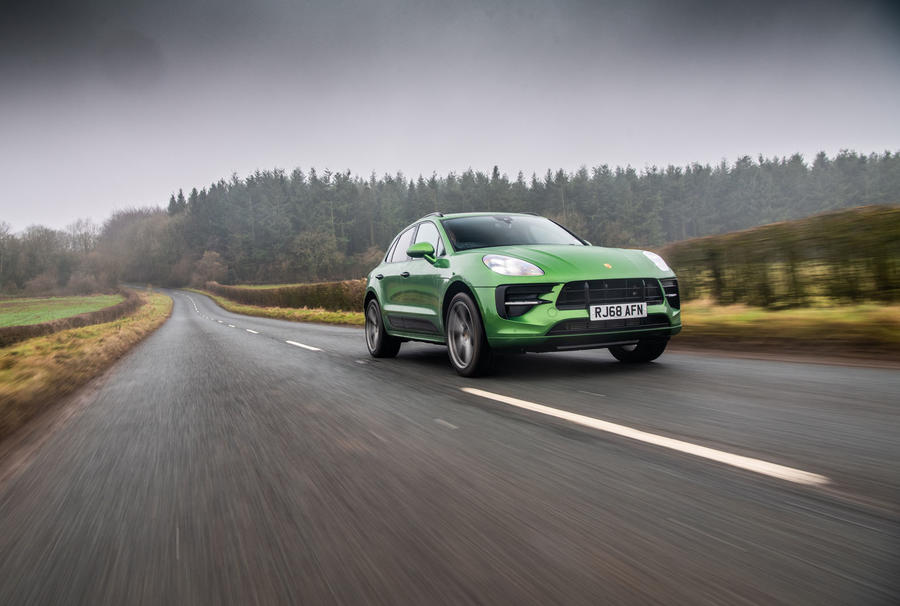
But will it? What Porsche would like its diesel customers to do is simply accept their preferred fuel has had its day and, such are the advances in petrol technology, there is little to lose and much to gain by replacing, say, their old Macan Diesel S with a new 2.0-litre petrol Macan. Like this one.
We felt a need to put this theory to the test, hence the presence here of another new SUV, but one powered by the black pump. I’d say a diesel-powered SUV is no more true to Alfa Romeo heritage than it is to Porsche’s, but Alfa is sticking by diesel, for now at least.


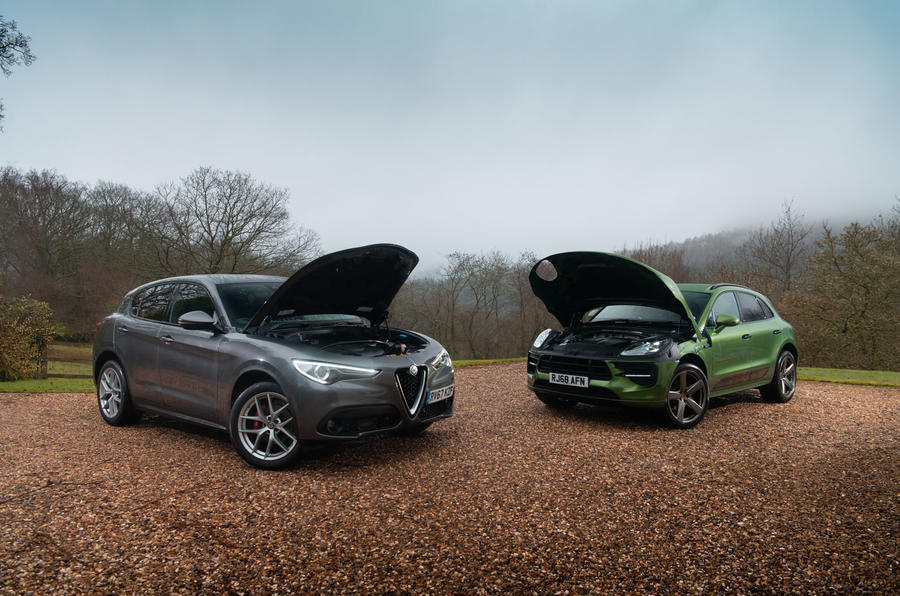











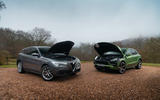












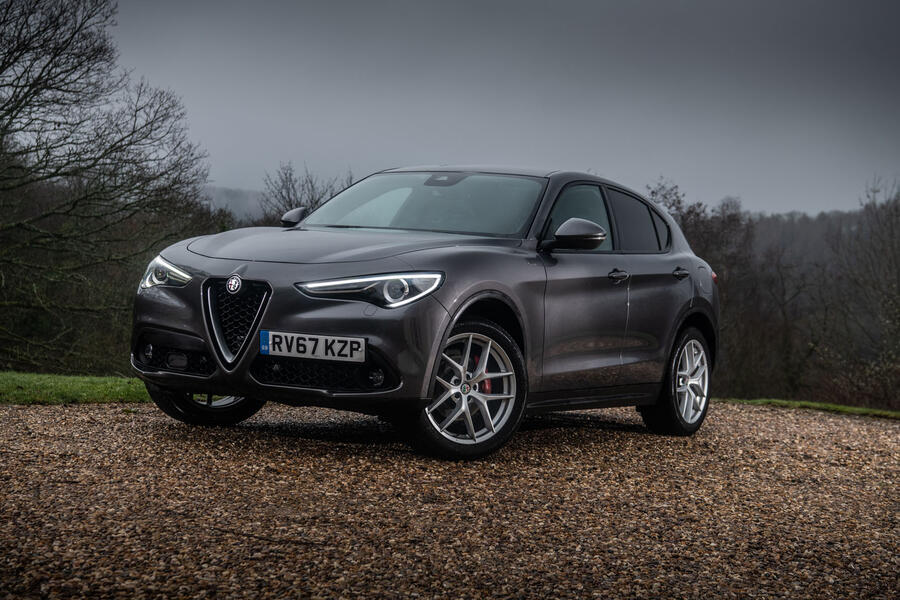


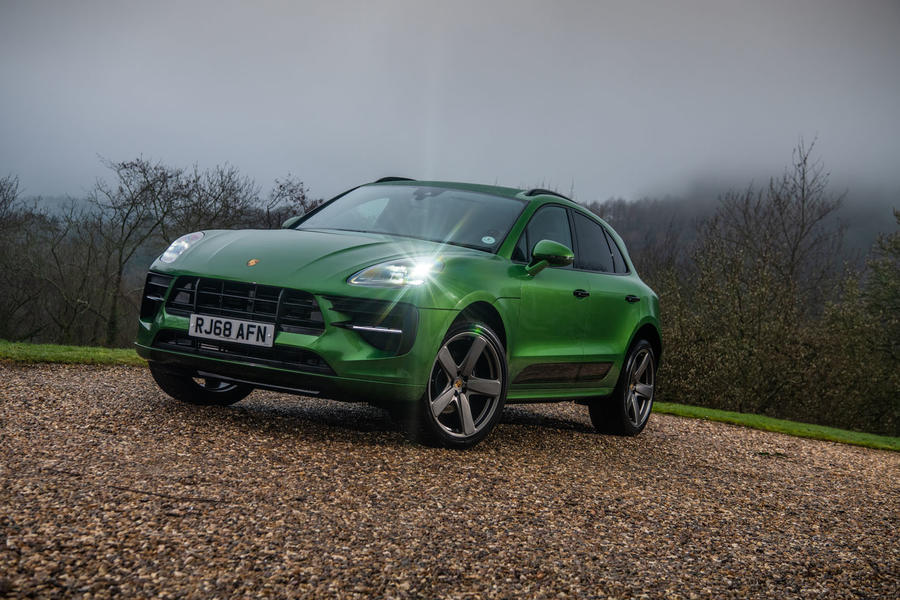



Join the debate
Add your comment
If you're actually bothered
If you're actually bothered about fuel economy, neither of these heavy overgrown miniature tanks are suitable. I'd strongly prefer a nice estate car which is lower, lighter, handles better, is more aerodynamic and thus gets better fuel economy than these crossovers.
Power to weight
These cars are so evenly
These cars are so evenly matched in performance but in interior quality the porsche wins by far.